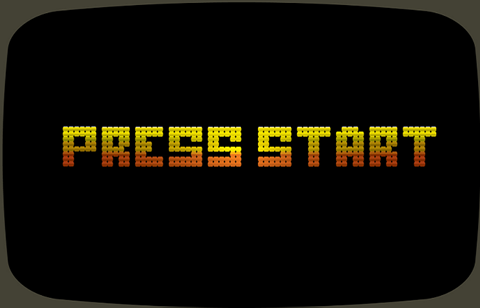
Need to know:
- Gamification is more than just badges and leaderboards; it in fact helps to systematise, unify and measure long-standing motivation techniques.
- Effective gamification involves in-depth strategy, careful testing, and judicious application.
- To truly make the most of a codified system of goals and achievements, employers should embrace the advantages technology can provide.
Although many might dismiss it as a fad or a buzzword, in The 2018 gamification at work survey, published by TalentLMS in July 2018, 87% of employees agreed that gamification improved their productivity.
Considering the impact of employee behaviour on an organisation’s bottom line, employers might do well to view effective gamification as a serious game changer.
What is gamification?
At its most basic, gamification is a method of incentivising employees using achievements, recognition and rewards based on the completion of goals. This might be tied in to a flexible benefits package, allowing employees to trade points for additional holiday days, for example.
However, it is not simply about point scoring, badges and leaderboards.
Ankit Shah, managing director at creative agency Dopamine, says: “Gamification is the best practices of not only games but behavioural economics; [when employers] put them together, [they] really have the ability to understand why [employees] act the way they do, and how to change their behaviour.”
A clear set of rules
Motivation and reward have been important parts of the HR landscape for a long time. Gamification simply works to unify, measure and systematise the methods, says Mike Morrison, director of change management organisation, RapidBi.
“Rather than just being ad hoc, the rewards are linked to some sort of system that can be measured from both parties’ point of view,” he explains. “[Employees] can track their progress, and [employers] can track the returns they get from particular activities.”
By building reward and recognition into an escalating programme of goals and achievements, organisations can create a sustainable system that keeps employees engaged long-term. In addition, the simple act of standardising expectations can have a positive effect.
“Employees tend to love that real-time feedback, more than a peer review or annual review,” Shah notes. “Having boundaries is always extremely useful; when people have that sort of framework to refer to, they feel confident about the path that they’re on.”
Have a strategy
To formulate a sustainable approach, gamification must be treated as a strategy, not a tactic. Employers should, therefore, consider the long-term goals, the behavioural changes they are looking to create, and the methods that will work best for their specific workforce.
“[Employers] should test and measure,” Morrison says. “If it works, go for it, if it doesn’t, ditch it. Just because something is in place once doesn’t mean it should stay in place forever if it’s not working, if it’s not adding value, and if it’s not sustainable.”
Having a clear plan can make all the difference when it comes to getting employee buy-in, as it allows organisations to ensure that their approach to gamification does not appear to trivialise people’s work.
Shelley Osborne, head of learning and development at online learning platform Udemy, says: “The majority of people need to see the value proposition or be tempted or persuaded into an experience. [Employers] just have to be really careful that [they] use gamification appropriately, not just making it a game.”
Avoid disengaging employees
If a gamification strategy is not carefully planned, it might simply add an annoying layer on top of an employee’s existing workload.
“Be judicious,” Osborne recommends. “A lot of people want to throw all the bells and whistles at an experience, so they want the leaderboards, badges, marketing techniques, social engagements, they want it all. That’s untenable and not sustainable for [the employer], but it’s also just too much, it becomes a big noisy distraction."
Is technology a necessity?
While it seems like a thoroughly modern approach, gamification is an extension of long-standing motivation techniques. So, technology may not be integral.
However, when it comes to ensuring that both employers and employees gain the most from the system, the digital side should not be underestimated.
“Sometimes, as human beings, we don’t see those very tiny improvements, whereas in gamification you get a point for that marginal gain, so it becomes part of the permanent record,” says Morrison.
“So yes, technology is really important; having something that both managers and [employees] can set and track goals on, at its most simplistic, is important.”
Why is gamification effective?
Employers might expect a quick fix or shiny new app, but the truth is that proper gamification includes long-term planning, clear goals, and careful testing.
Nevertheless, for those willing to invest, effective gamification can pay significant dividends. The reason it can work so well, according to Shah, is that it taps into something much deeper than the frivolous fun of gaming.
“Oftentimes, when we’re going from being children to adults, things seem very bounded. [Individuals] go [through the school years] and go away to university, there’s progression as to what [they are] doing,” he explains. “When it comes to being an adult and living in the real world, life and its definition of winning is no longer so clear. Gamification is really putting the concept of progress and achievement back in front.”
Read more...
Bournemouth University uses gamification to encourage healthy behavioural change











